New Plans are in the Works...
With the announcement that GDC is being postponed, SideFX has made plans to take the HIVE online in order to make sure the presentations are available to the community.
SideFX is looking forward to meeting you at GDC this year!
SideFX is bringing the Houdini HIVE to GDC on March 18-20 with educational and inspiring presentations by both SideFX technical experts and industry professionals. Join us at the HIVE to discover how game studios use Houdini's procedural software to create content for games, virtual worlds and more.
HOUDINI HIVE LOCATION:
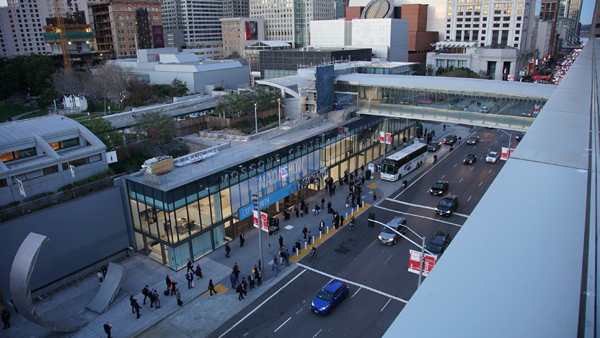
Theater: Room 110
Lounge: Room 111
Moscone Convention Center, North Hall Lobby
730 Howard Street
San Francisco
CA 94103
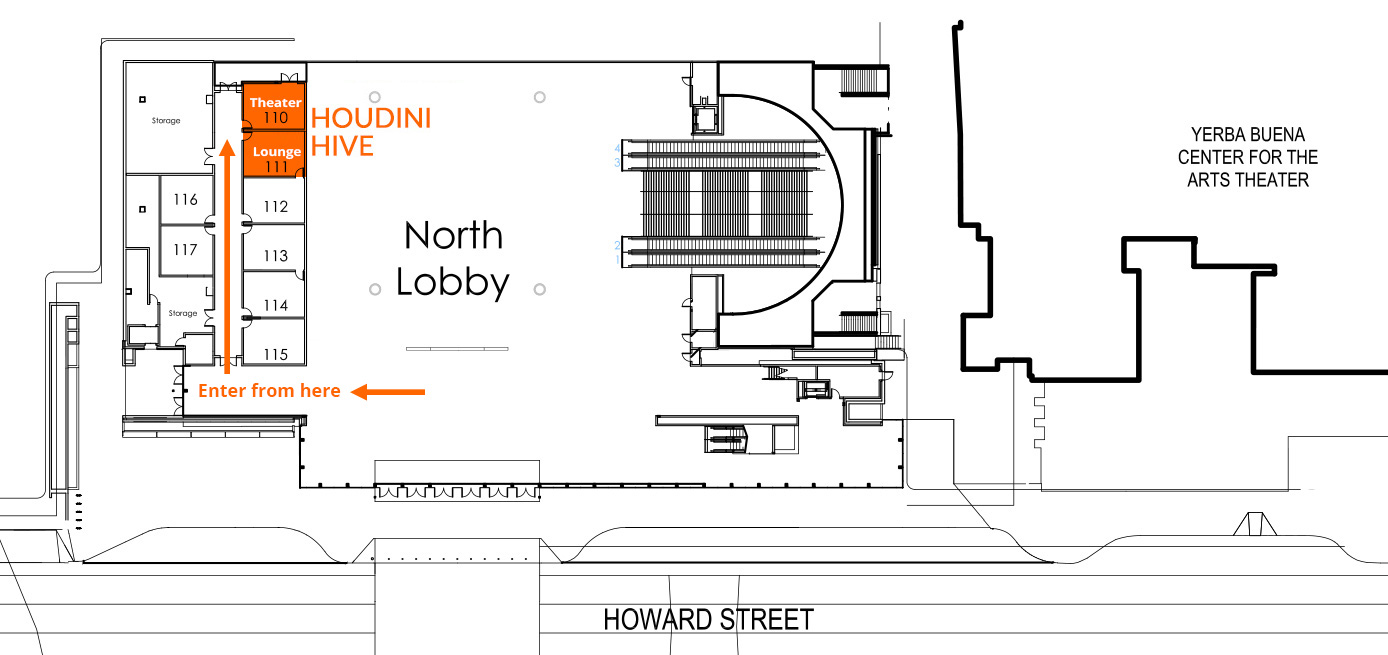
MEET WITH SIDEFX:
Studios looking to meet with SideFX during GDC can make arrangements directly with your SideFX Account Executive or contact us at sales@sidefx.com. These meetings will take place right beside the HIVE in either room 112 or 113.
HIVE PRESENTATION SCHEDULE:
WEDNESDAY
March 18
THURSDAY
March 19
FRIDAY
March 20
10:00 AM
John Moncrief | SideFX
Let Artists Be Artists
Ben House | Bluepoint Games
Creating reactive environments
for CONTROL
Johannes Richter | Remedy Entertainment
10:30 AM
11:00 AM
Making of the Diablo IV Cinematic FX: The Summoning of Lilith
Nema Safvati | Blizzard
Managing Multi-faceted VFX between Houdini and UE4
Mike Lyndon | SideFX
The Secret Language of Houdini
for Games
Robert Magee | SideFX
11:30 PM
Lucen:
Indie gamedev with Houdini and UE4
Kristian Kebbe | Indie
It Just Needs to Work On Paper | Houdini R&D for Real-time
Mai Ao | Schell Games LLC
12:00 PM
BREAK
12:30 PM
BREAK
BREAK
1:00 PM
“Cine Tracer” Solo UE4
Game Dev Pipeline
Matt Workman | Cinematography Database
HOUDINI SPECIAL PRESENTATION
12:45-1:45pm | Room WH 2011
1:30 PM
[No Hive Presentation]
2:00 PM
Modeling & UI Updates (SUPERDRY edition)
Fianna Wong | SideFX
Tips and Tricks for Improving VR Game Dev Workflows
Maria Mishurenko | Synesthetic Echo
DISCUSSION CIRCLE
2:30 PM
Procedural Tools for Data Handling
Thomas Tobin | Ubisoft
Large Scale, Persisted Multiplayer Worlds using Houdini: Just throw Python at it
Pétur Breki & Gísli Konráosson | Directive Games
3:00 PM
3:30 PM
WaveFunctionCollapse Supercharged with PDG for Level Generation
Paul Ambrosiussen | SideFX
Make your Artists Love You
Thomas Tobin | Ubisoft
4:00 PM
Get Rid Of The Boring In Your Pipeline: How We Got Started
Florian Gantzert & Clemens Berger | KLab Inc.
Crafting Procedural Assets
for Unity and Unreal
Simon Verstraete | SideFX
4:30 PM
5:00 PM
Destruction Tools and Techniques Used For Borderlands 3
Caitlyn Trout | Gearbox
Procedural Modelling For
Grid-Based Games
Patrick McAvena | Moving Pieces Interactive
SPECIAL PRESENTATION: 12:45 PM | Thursday | March 19 >> Room WH 2011
Houdini: Procedural Techniques for Creating Quality Game Art
Game Developers are regularly tasked with generating lots of content at cinema-quality with limited resources and tight deadlines. In this session, key members of the SideFX team will show how Houdini and its procedural node-based toolset offers a solution that lets artists create environments, build levels, process scanned data or design blockbuster FX using a built-in pipeline solution. We'll then hear from three industry experts from studios which have chosen Houdini as key component of their content pipeline - including Thomas Tobin from Ubisoft, Caitlyn Trout from Gearbox Software, and Ben House from Bluepoint Games.
WEDNESDAY MARCH 18
10:00 AM | Wednesday | March 18 >> SOP-Based Dynamics for Games
This session will break down the new trend of SOPs based workflows for creating dynamic simulations in Houdini. We will discuss the thinking behind the new Vellum, Pyro, and RBD Bullet workflows in SOPs, and see how these tools work hand in hand with specific “SideFX Labs” workflows to export data for use in game engines.

John Moncrief | SideFX
11:00 AM | Wednesday | March 18 >> Making of the Diablo IV Cinematic FX: The Summoning of Lilith
Learn how FX artists at Blizzard Entertainment used Houdini to create the FX for Lilith's summoning scene in the Diablo IV Cinematic revealed at BlizzCon 2019. Get an in-depth look into the growth system used for the formation of the gateway and how vellum was used to destroy it as Lilith tears her way through.
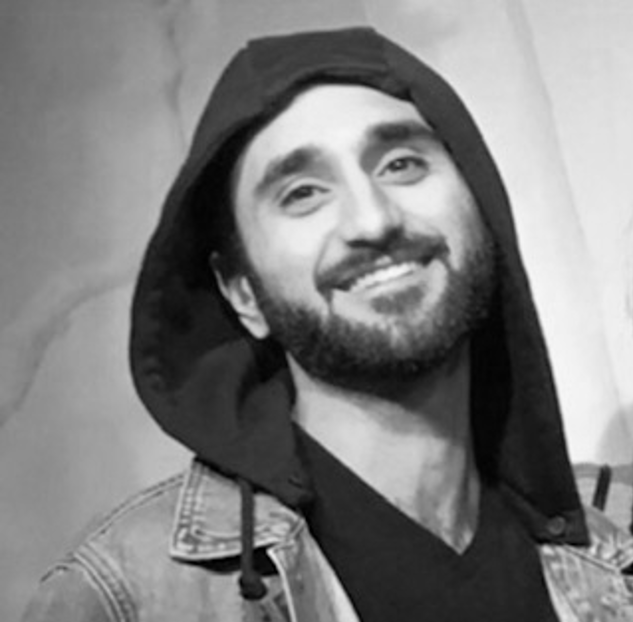
Nema Safvati | Blizzard Entertainment
11:30 AM | Wednesday | March 18 >> Lucen: Indie gamedev with Houdini and UE4
A breakdown of how Houdini is being used as the primary DCC for creating game assets in Lucen, a solo developed indie title. From modeling, to animation, to VFX and Houdini engine, this presentation covers the ins and outs of how Houdini is being used in all facets of Lucen’s game asset creation.
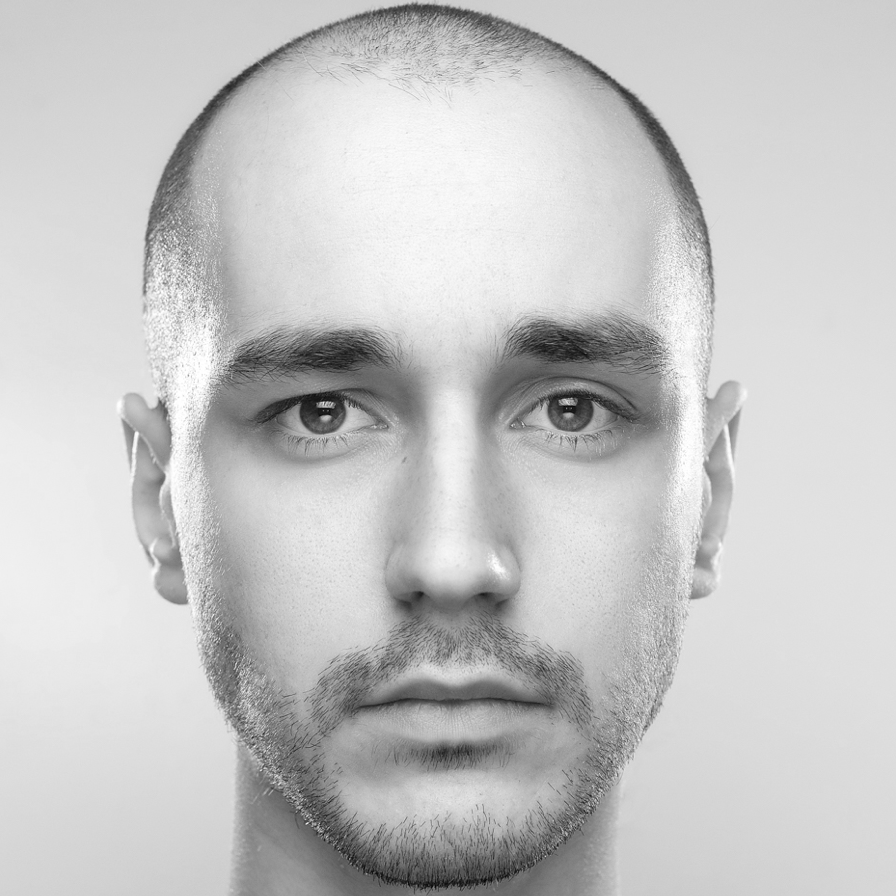
Kristian Kebbe | Indie
1:00 PM | Wednesday | March 18 >> “Cine Tracer” Solo UE4 Game Dev Pipeline
Matt Workman is the developer of a real time app/game hybrid called “Cine Tracer” that enables filmmakers to visualize their films in pre-production. Matt uses Unreal Engine 4 and recently switched from Maya/Blender to Houdini. He breaks down his process of learning Houdini and integrating it into his solo developer pipeline.

Matt Workman |
Cinematography Database
Matt Workman is the founder of Cinematography Database and has worked as a commercial cinematographer (NYC) for 10 years. He has worked with brands like Facebook, Google, BMW, L’Oreal, and many others and is currently signed to The Gersh Agency.Matt’s most recent project is called Cine Tracer, which is a real time cinematography simulator. The hybrid game / app combines Matt’s programming knowledge with his 10 years of technical on set cinematography knowledge.
2:00 PM | Wednesday | March 18 >> Modeling & UI Updates (SUPERDRY edition)
Too lazy to read the docs and want to satisfy your inner schadenfreude? Then check out this presentation where I will go over some of the modeling SOP and UI updates, as well as some general workflow stuff on hardsurface sketching in Houdini (in a live demo).
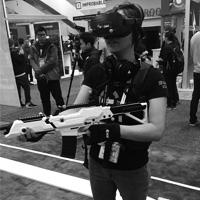
Fianna Wong | SideFX
2:30 PM | Wednesday | March 18 >> Procedural Tools for Data Handling
I will be covering reconstructing game data in Houdini, pipeline tools to create an asset bank, Custom LOD HDA, PDG destruction testing.
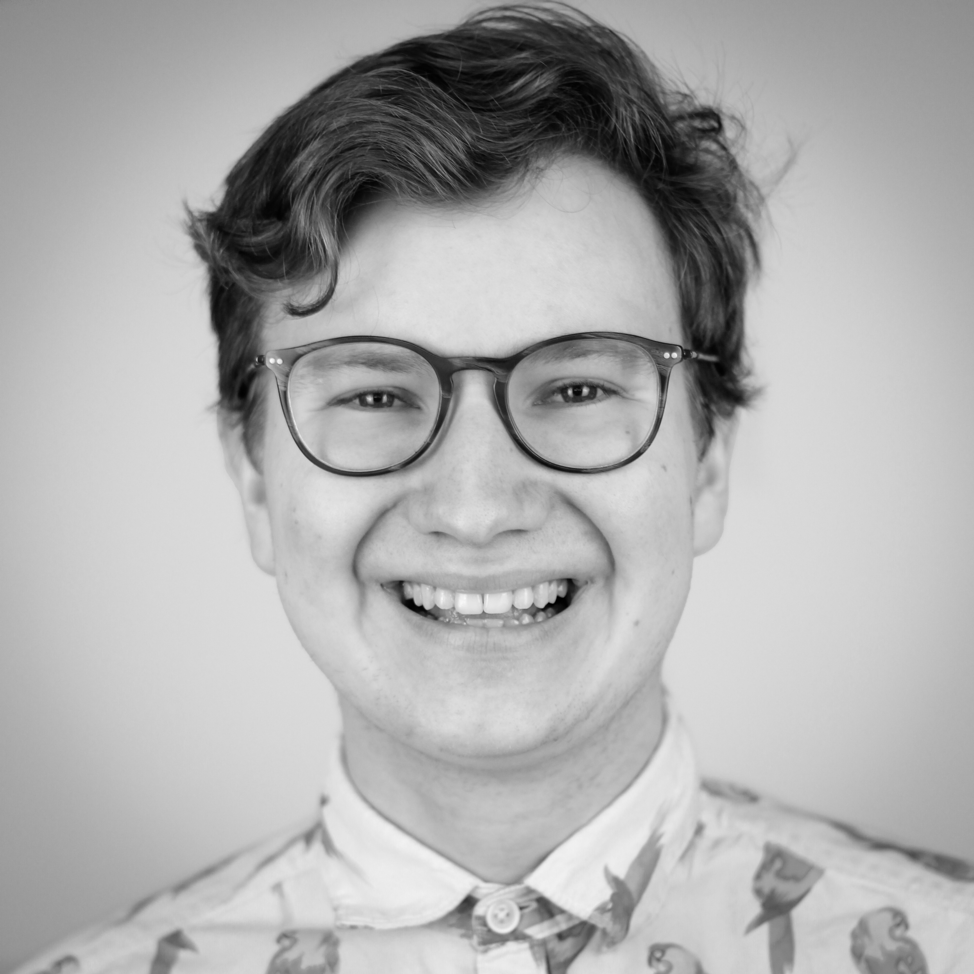
Thomas Tobin | Ubisoft
Thomas Tobin is a Procedural Tools artist at Ubisoft Montreal. He is currently developing procedural modelling tools, game pipeline tools and quality of life HDA's. He also teaches Houdini at the Game Art Institute online and has an intro to games course with Houdini. His goal is to smooth out art pipelines and create seamless transitions between DCC's with Houdini tools.
3:30 PM | Wednesday | March 18 >> WaveFunctionCollapse Supercharged with PDG for Level Generation
The WaveFunctionCollapse algorithm is an amazing piece of tech that can greatly increase your workflow in bitmap generation, level generation and overall content creation. In this talk we will explore how to expand upon this using Houdini's massive toolkit of built-in tools. See how you can use PDG to parallelize content creation and supercharge creative workflows for artists.
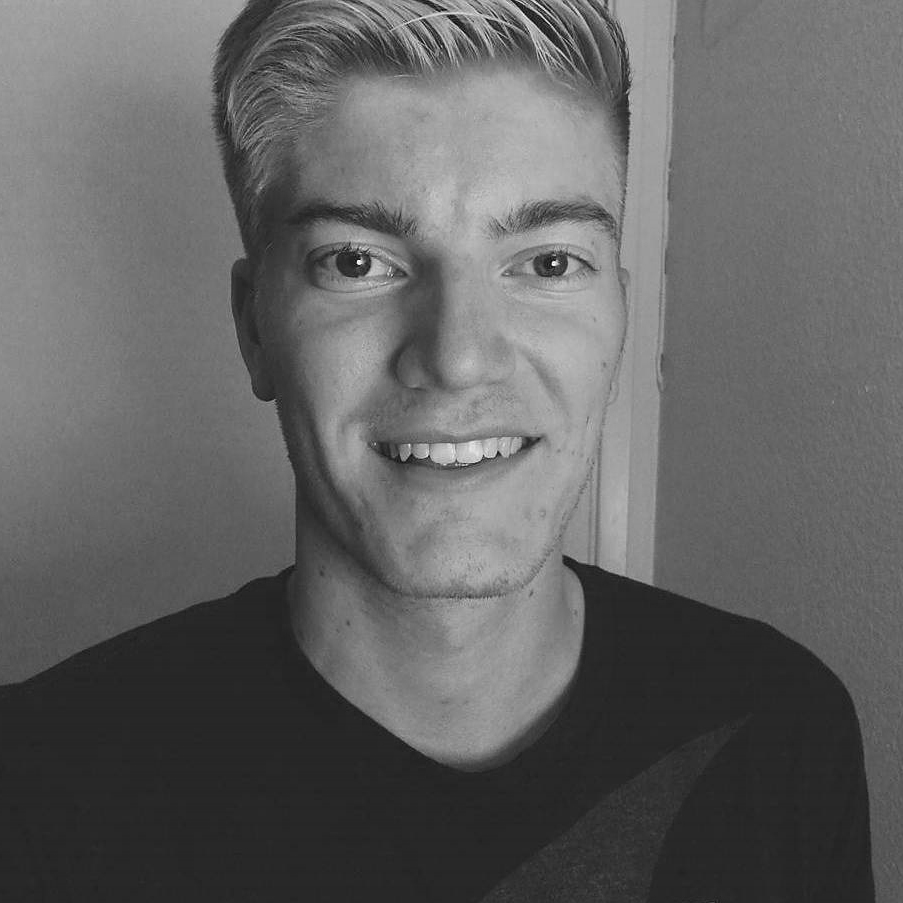
Paul Ambrosiussen | SideFX
Paul Ambrosiussen is currently a Technical Artist and Game Tools Developer at SideFX Software. He finished his BASc in Interactive Game Architecture and Design at NHTV University of Applied Sciences in Breda. Paul enjoys writing tools to support effective art-pipelines, and maintaining tool / workflow quality for the artists he is assisting. His goal is to help others create amazing things in a better, faster and more flexible way. He creates tutorials, gives live lectures, attends events, and presents custom workshops to customers.
4:00 PM | Wednesday | March 18 >> Get Rid Of The Boring In Your Pipeline: How We Got Started
In this talk, Florian and Clemens will talk about poly-reduction of stylized hair, stylized hair workflow, going from Houdini to Unity with PDG and without Houdini Engine. They will also talk about High-to-low modeling pipeline, from ZBrush to Houdini to Substance, and Batch processing skinned meshes FBX with PDG.
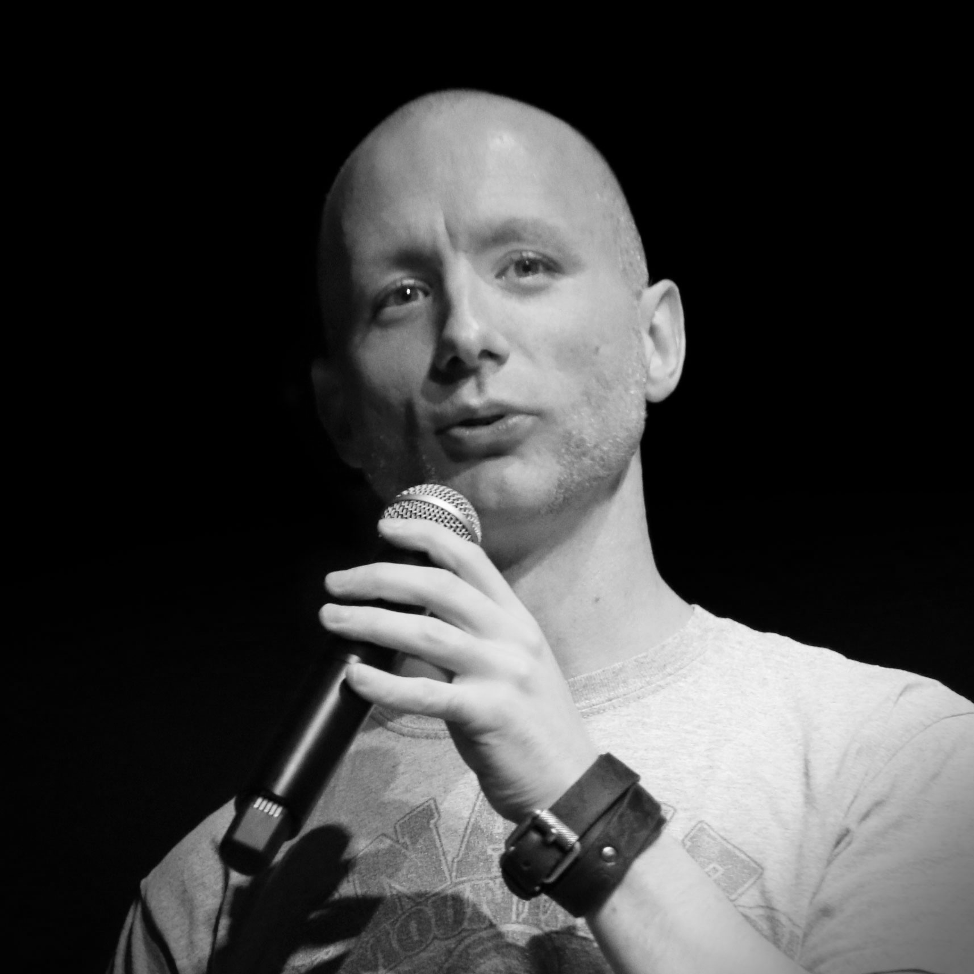
Florian Gantzert | KLab
Florian Gantzert is working on improving graphics and artist workflow across projects at KLab. He co-established and has been leading the Real-Time Rendering Research group since 2019.
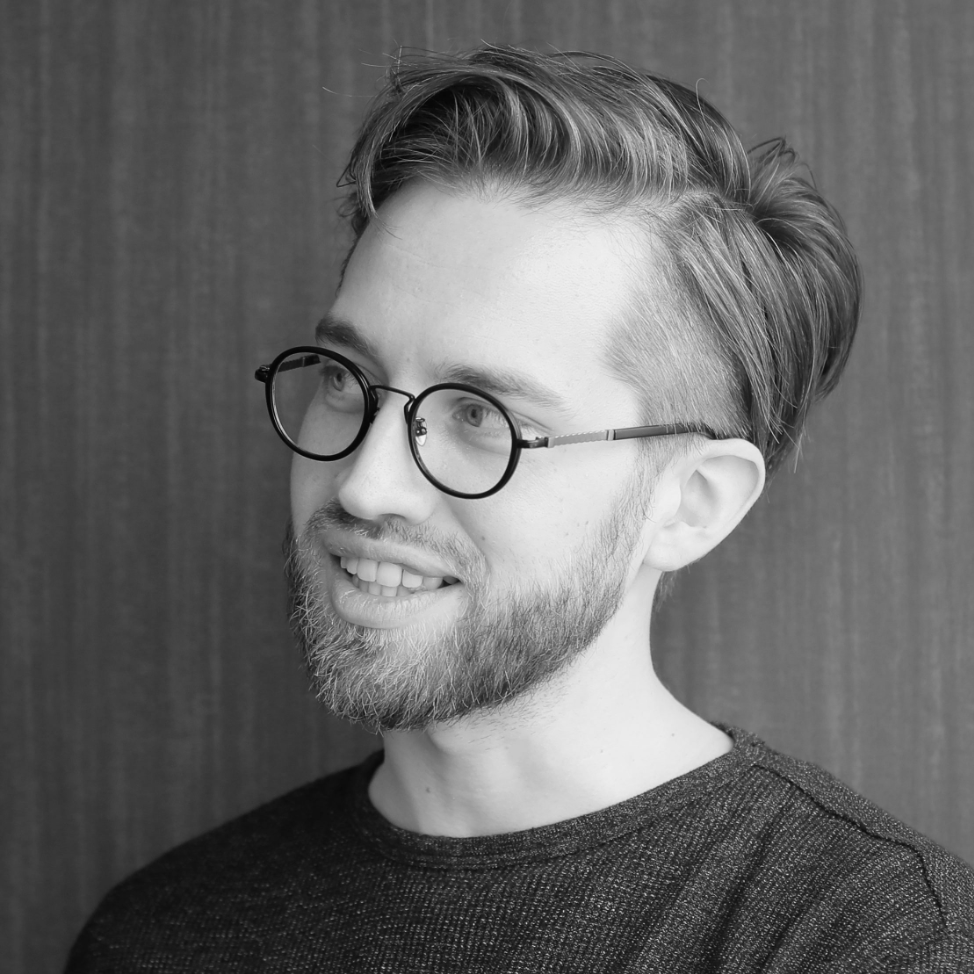
Clemens Berger | KLab
Clemens Berger joined KLab in 2017 as a 3D artist and has since worked on several release titles in a leading role. He co-established the Real-Time Rendering Research group, constantly endeavouring to find the magic formula for creating great looking models in the shortest possible time frame.
5:00 PM | Thursday | March 19 >> Destruction Tools and Techniques Used For Borderlands 3
This session will present an overview of the destruction techniques used for creating game-ready assets. It will cover problems that were experienced during production and what subnetworks and tools were created to solve them. These problems range from generating simple consistent debris, to translating complicated rigid body simulation into shader data, accelerated by the gpu. This session is intended for tech and visual effects artists of all levels who are interested in destruction simulation.
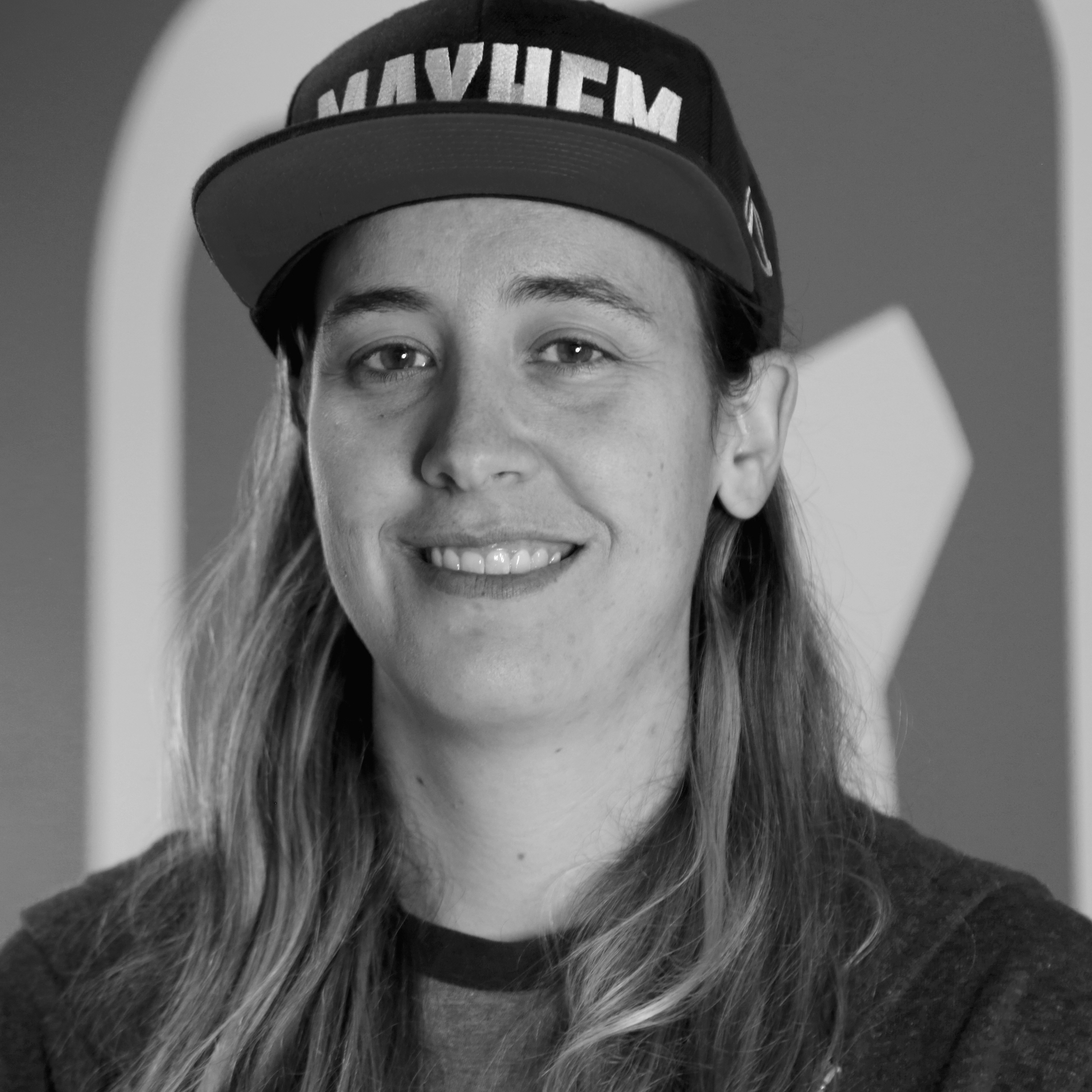
Caitlyn Trout | Gearbox
Caitlyn Trout is a technical artist at Gearbox Software. She discovered technical art while in school at the Florida Interactive Entertainment Academy and afterwards interned at EA Tiburon. She’s been at Gearbox for the last 6 years contributing to multiple AAA titles including Borderlands: the Presequel, Battleborn and Borderlands 3. Her focus in the past has been coding art pipeline tools for multiple software packages but has shifted into pioneering new techniques on the research and development tech art team.
THURSDAY | MARCH 19
10:00 AM | Thursday | March 19 >> Let Artists Be Artists
Artists frequently spend much of their time performing repetitive tasks or creating things to support their art, such as collision geometry, occluders, and LODs, to name a few. Houdini can be used as a studio-wide tool to give this time back to your artists and enable them to spend that time actually making art. This presentation will discuss methods to design these tools to fit your artist's needs and some ways to make these tools more accessible for your artists.
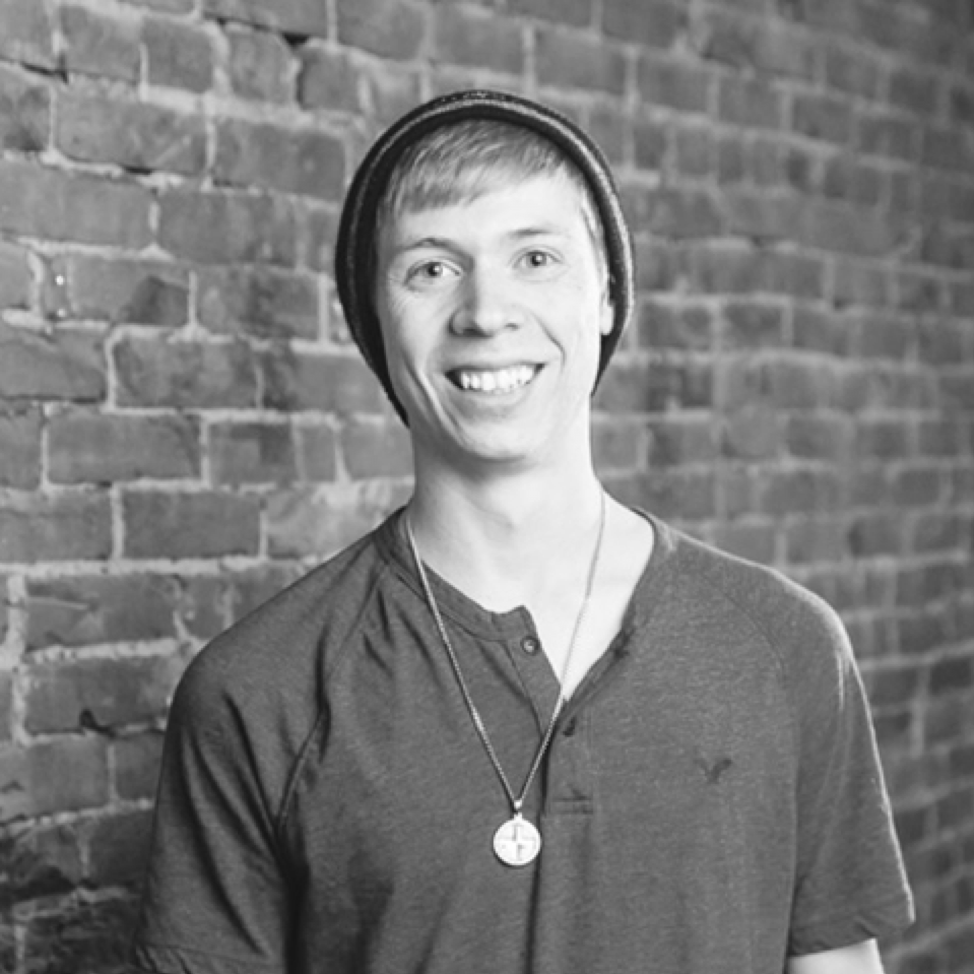
Ben House | Bluepoint Games
Ben House is a Technical Artist at Bluepoint Games where he develops procedural tools and workflows to support the production team. Ben is very passionate about using procedural tools to reduce repetitive tasks and is deeply devoted to education. He has taught courses on game development and procedural content creation at Texas A&M University, where he co-founded the Chillennium Student Game Jam and is currently completing his Master’s Degree in Visualization.
11:00 AM | Thursday | March 19 >> Managing Multi-faceted VFX between Houdini and UE4
As games become more ambitious, so does the complexity of the VFX setups. Mike will run through how to setup a mutli-faceted effect in Houdini as well as tips and tricks for importing and maintaining the quality of those effects in UE4 and Niagara.
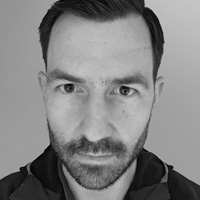
Mike Lyndon | SideFX
Mike Lyndon is a Sr. Technical Artist at SideFX. He has a broad range of experience creating computer graphics for commercials, films and video games. His fascination with the world around us and the desire to blend art with his technical tinkering has led to his work making rolling cloudscapes in Ender's Game, generating raging fires in Gears of War 4 and trapping penguins in an avalanche of snow for Happy Feet 2. He is a part of our games team and responsible for developing tools to bridge the gap between Houdini and realtime applications.
11:30 AM | Thursday | March 19 >> It Just Needs to Work On Paper | Houdini R&D for Real-time
This talk is about the adventure and lessons learned at Schell Games where we developed an art-directable, high-performance crowd pipeline from Houdini to Unreal that can render thousands of characters in real time. We will also delve into the investment and return of creating a pipeline of HDAs to streamline our destruction workflow. Technical examples will be presented to show how Houdini's customizability enabled us to prototype and find creative solutions to problems.

Mai Ao | Schell Games
Mai Ao is a Technical Artist at Schell Games where he has been building new pipelines and game play features. He loves researching and taking on challenges. Mai earned his master's degree in entertainment technology at Carnegie Mellon University. Coming from a computer science and fine art background, he fell victim to the captivating magic of computer graphics. There is something about the connections between natural phenomenons, logic, and beauty that he finds deeply stimulating. In time, he wants to do his part in contributing to the advancement of the CG community.
SPECIAL PRESENTATION: 12:45 PM | Thursday | March 19 >> Room WH 2011
Houdini: Procedural Techniques for Creating Quality Game Art
Game Developers are regularly tasked with generating lots of content at cinema-quality with limited resources and tight deadlines. In this session, key members of the SideFX team will show how Houdini and its procedural node-based toolset offers a solution that lets artists create environments, build levels, process scanned data or design blockbuster FX using a built-in pipeline solution. We'll then hear from three industry experts from studios which have chosen Houdini as key component of their content pipeline - including Thomas Tobin from Ubisoft, Caitlyn Trout from Gearbox Software, and Ben House from Bluepoint Games.
2:00 PM | Thursday | March 19 >> Tips and tricks for improving VR Game Dev Workflows
Making a VR action game from start to finish with a team of 3 is more than challenging! However, with the power of Houdini, Vex, Python and some imagination, it's entirely possible. In this talk, Maria will share handy tips and tricks for improving many aspects of virtual reality game development workflows such as making concept art sketches, optimizing visual effects, generating procedural characters, rapidly iterating on level designs and even creating and rendering game key art.

Maria Mishurenko | Synesthetic Echo
Maria Mishurenko is an award-winning virtual and augmented reality developer, artist and game designer based in Brooklyn, New York. She is also a co-founder of the design studio Synesthetic Echo, which focuses on creating interactive experiences for emerging technology. Her recent virtual reality game Bizarre Barber was funded by Oculus and NYU Game Center Incubator.
2:30 PM | Thursday | March 19 >> Large Scale, Persisted Multiplayer Worlds using Houdini: Just throw Python at it
The guys at Directive Games give a high-level overview of how they built a Houdini centric pipeline for their upcoming game "Enter the Construct". The talk will focus on how they use Houdini for day-to-day tasks as well as world and asset generation. They will also talk about Kamo, a middleware solution developed by Directive games that solves many of the problems faced by modern large scale MMOs and how they leveraged Houdini to generate the data Kamo uses.

Pétur Breki | Directive Games
Pétur Breki is an experienced Houdini FX TD who has recently transitioned from high-level Film & Television work in London into game development in Iceland. He has worked on some of the largest films of recent years at some of the largest companies, including two Star Wars films. He is now the resident Houdini lead at Directive Games North, overseeing all Houdini work and pipeline integration.
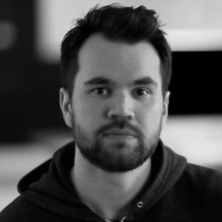
Gísli Konráosson | Directive Games
Gísli Konráosson has over 12 years of experience as a game developer working on a wide range of projects for many different gaming platforms. His roles include Lead technical artist at CCP games Shanghai focused on developing a first person, massive multiplayer shooter on playstation and CTO at RVX studio’s working with a Visual Effects studio on VR and AR projects. Gísli is now the studio lead at the Directive Games Reykjavik office overseeing project development with a focus on large multiplayer virtual worlds.
3:30 PM | Thursday | March 19 >> Make your Artists Love You
Workshop on creating your own PyPanel HDA’s and quality of life tips and tricks.

Thomas Tobin | Ubisoft
Thomas Tobin is a Procedural Tools Artist at Ubisoft.
4:00 PM | Thursday | March 19 >> Crafting Procedural Assets for Unity and Unreal
Building environments for games involves many steps from initial modeling to establishing the game-readiness of each asset. In this talk, Simon will introduce techniques that can be used by game artists to create procedural assets that have modeling, uv unwrapping, and baking built in. These assets can then be loaded into game editors such as Unity and Unreal using the Houdini Engine plug-in technology to maintain their procedural nature. Whether you are an indie artist or work at a AAA studio, these smart assets let you quickly art direct a level inside the game editor with the confidence that you are always generating game-ready art.
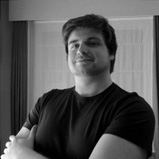
Simon Verstraete | SideFX
Simon Verstraete is a Tech Artist that is passionate about building procedural tools and assets. By exploring these procedural techniques, he is able to build 3D models with speed and flexibility. During his studies at Digital Arts and Entertainment, he taught himself Houdini then started working on Indie games such as “Ary and the Secret of Seasons.” by eXiin.
5:00 PM | Thursday | March 19 >> Procedural Modelling For Grid-Based Games
A behind-the-scenes look at how Houdini was used to generate level art for an isometric game developed in UE4. This talk will showcase techniques for automatically exporting 3D grid data from Unreal and importing it into Houdini to generate fully-realized levels.
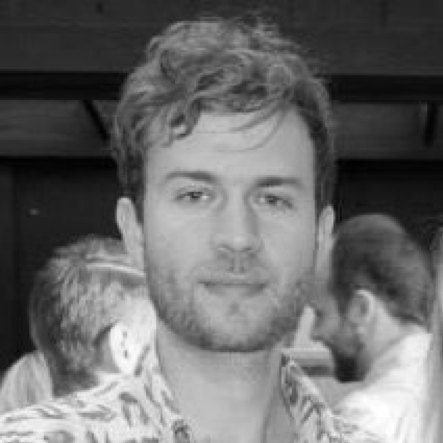
Patrick McAvena | Moving Pieces Interactive
Patrick McAvena is one of the Co-Founders of Moving Pieces Interactive, a game studio based in NYC. Their current project, Dodo Peak, is currently out on Apple Arcade. Before starting Moving Pieces, Patrick spent a decade working as a 3D Artist on Commercials and Advertising.
FRIDAY | MARCH 20
10:00 AM | Thursday | March 20 >> Creating reactive environments for CONTROL
CONTROL features a lot of reactive environments and destruction. The talk outlines the procedural workflows used to build the rich and engaging environments and the use of Houdini in the process.
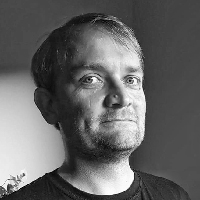
Johannes Richter | Remedy Entertainment
Johannes Richter has had a varied and illustrious career in the VFX industry with over 10 years experience in FX. As FX Supervisor at Framestore, he boast an array of VFX heavy Hollywood productions, including; Marvel's Guardians of the Galaxy 2, King Arthur: Legend of the Sword, Avengers: Age of Ultron, Poltergeist, Everest, Dracula Untold and Robocop. Johannes switched into Games to work on the award-winning CONTROL, and with Remedy he joined a studio known for its outstanding quality of work.
11:00 AM | Thursday | March 20 >> The Secret Language of Houdini for Games
Soppity, Dop, Top, Lop…. When Houdini artists talk, it can seem like they are speaking in their own secret language. In this session, Robert explores how easy it is to understand "Houdini-speak" while introducing the different ways that a node-based procedural workflow can support your gamedev projects. Along the way, you will learn about the different types of nodes, networks and assets that you can create in Houdini and how they all work together.

Robert Magee | SideFX
Robert Magee is a Senior Product Marketing Manager at SideFX who has been working with Houdini for over 15 years. He has created lots of learning material such as the Houdini Foundations book which are designed to help artists get started with Houdini.